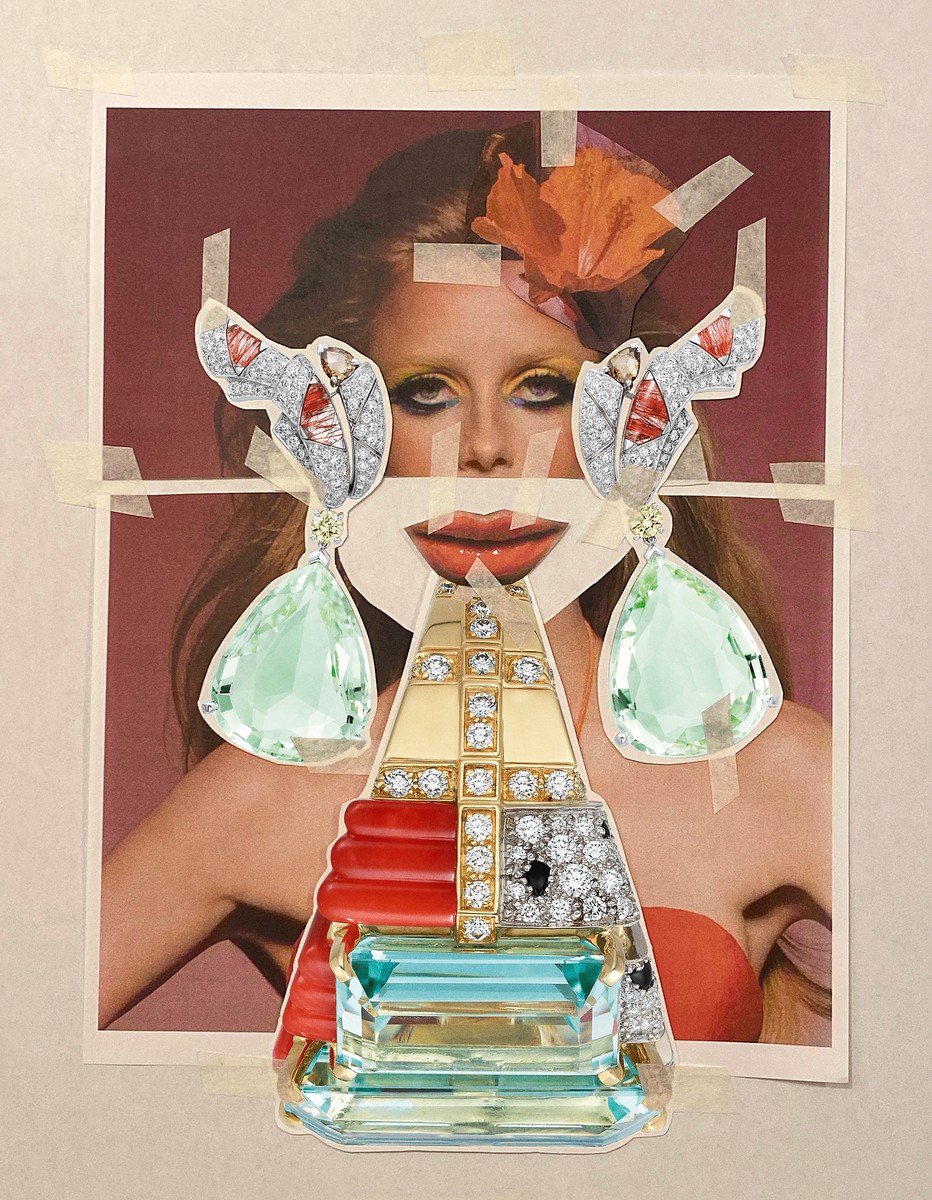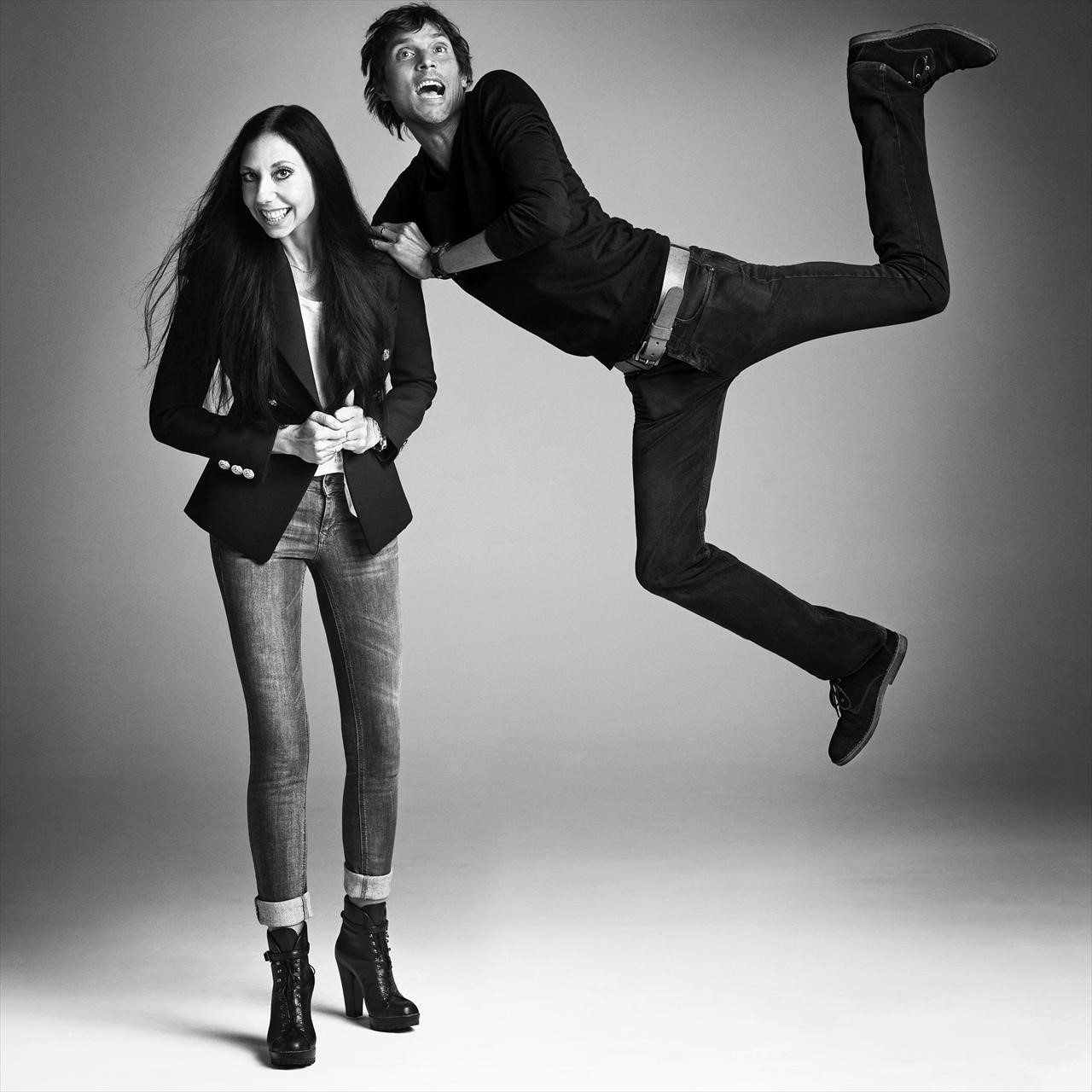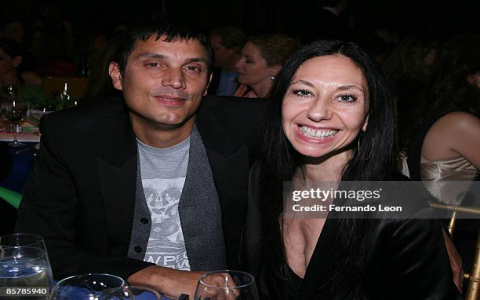Alright, let’s talk about my little adventure trying to figure out the whole Inez van Lamsweerde thing. I saw some photos, you know, the ones that just stick in your head. Super polished, sometimes a bit weird, definitely striking. I thought, “Okay, I gotta try something like that.”

My first idea? It’s all about the computer work, right? Heavy-duty editing. So, I took some portraits I’d shot, nothing fancy, just regular people. Fired up my editing software and went to town. Pushed the sliders way up, smoothed skin until it looked like plastic, played with colors until they were kinda jarring. Spent hours on it, thinking I was cracking the code.
Well, the results were… bad. Like, really bad. It didn’t look high-fashion or edgy; it just looked fake and overworked. Honestly, it was pretty discouraging. It wasn’t anything like those images I admired. It felt clumsy, not slick.
Hitting a Wall and Looking Closer
So, I stepped back. Clearly, just messing around with software wasn’t the answer. I started actually looking at her work again, and also, you quickly realize it’s usually “Inez and Vinoodh,” her partner. It wasn’t just one thing.
- The Lighting: It wasn’t always simple. Sometimes it was stark, sometimes soft, but always very intentional. It shaped the face, the body, the mood.
- The Styling: The clothes, the hair, the makeup… it was all part of the story, often pushed to an extreme or used in an unexpected way.
- The Pose and Expression: The models weren’t just standing there. There was tension, an attitude, sometimes a blankness that was unsettling.
- The Concept: This was the big one. There seemed to be an actual idea behind the image, not just making someone look pretty. Sometimes it felt surreal, sometimes confrontational.
It dawned on me that the digital stuff was probably just one tool in a massive toolbox, maybe even the final polish on a very carefully constructed foundation. It wasn’t the magic bullet I thought it was. It’s a whole production.
Shifting My Own messing Around
Realizing I couldn’t just replicate that complex setup, especially working alone, I changed my approach. Forget trying to make exact copies. Instead, I started thinking about the feeling I got from their work.

I began to focus more on the setup before I even took the picture:
- Tried playing with just one light source at home, moving it around to see how shadows changed the face. Simple stuff.
- Asked the person I was photographing to hold an unusual pose or give a more ambiguous expression.
- Thought more about the idea. Even if it was just “let’s make this person look strong” or “let’s make this feel a bit lonely.” Having that little bit of direction helped.
I still messed around with editing, but not trying to make it look hyperreal or plastic fantastic anymore. Maybe just enhancing the mood a bit, tweaking colors to support the initial idea.
So, What Did I Learn?
Well, I definitely didn’t become Inez van Lamsweerde overnight, haha. Not even close. But messing around with trying to understand that style taught me a lot. Mostly, it taught me that a powerful image is rarely about just one trick, especially not just fancy software work. It’s about the whole process, from the idea to the lighting to the person in front of the camera, and then maybe some editing to tie it all together.
My own photos are still very much my photos. But now, I think more about the ‘why’ behind the shot before I even press the button. And I guess that deeper thinking all started because I got obsessed with some of those slick, weird, polished images. It wasn’t a straight path, more like stumbling around, but I ended up learning something useful for myself. It’s less about copying and more about letting inspiration push you to think differently about your own stuff.

